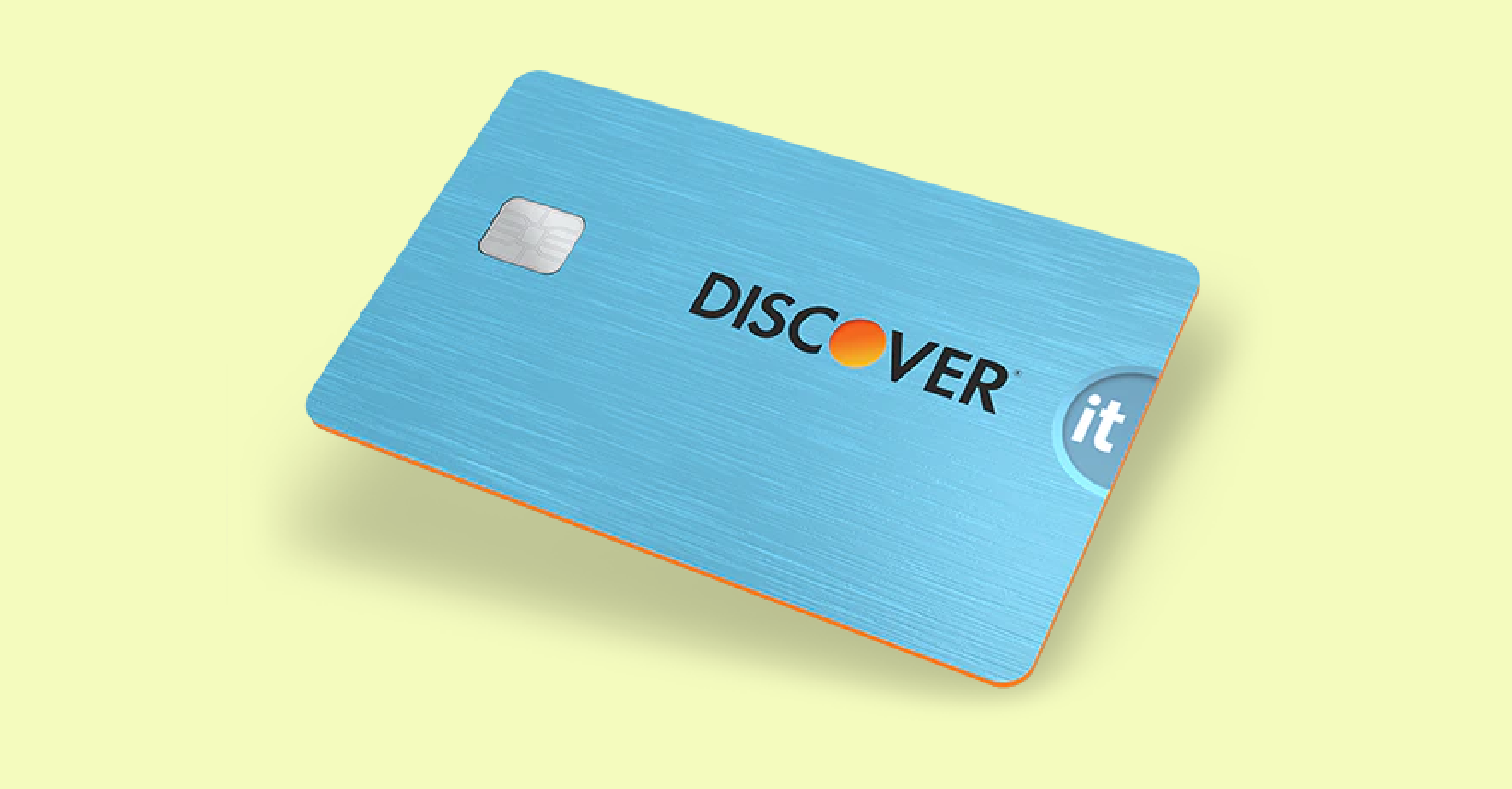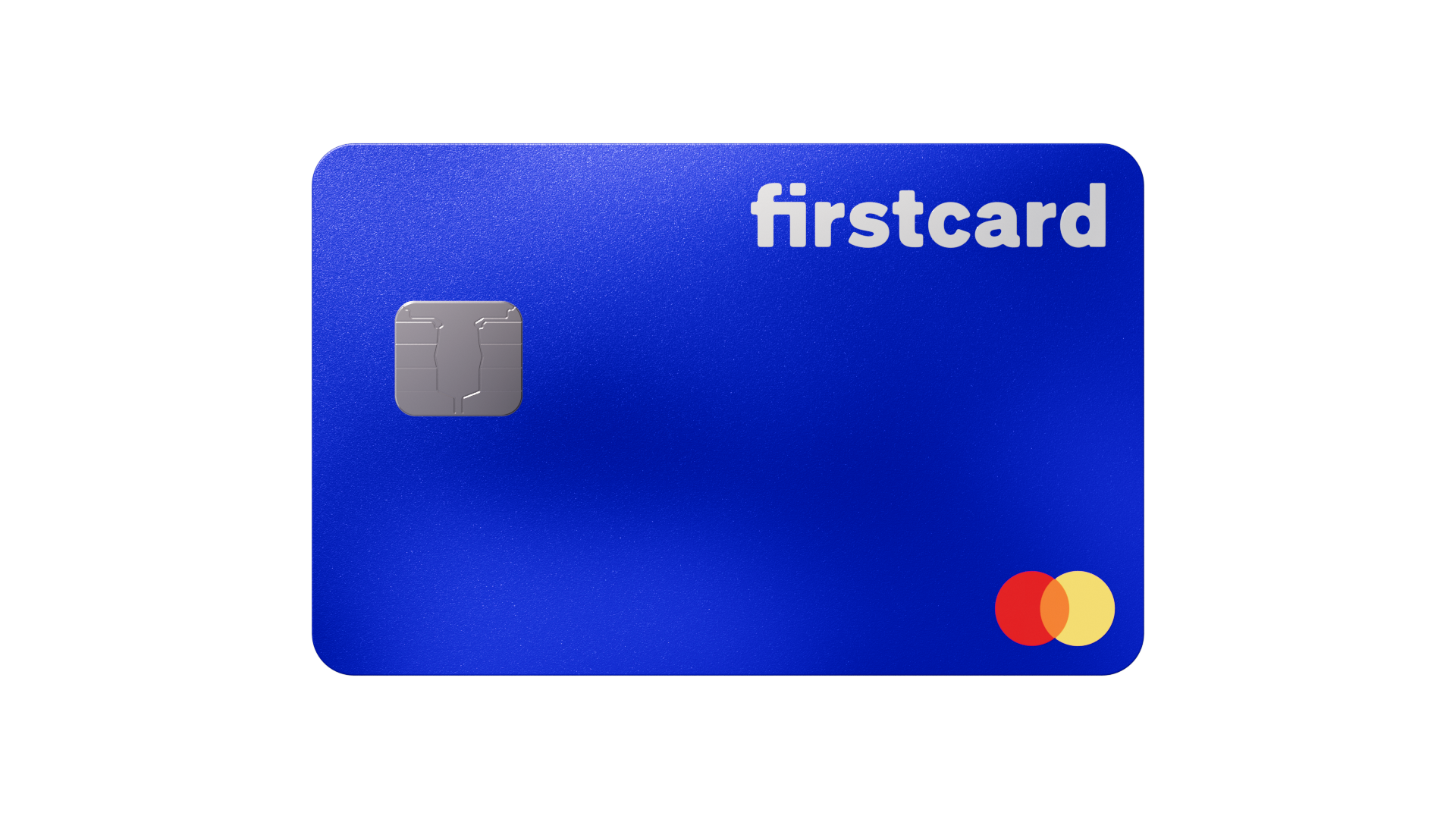Strategies to Avoid Credit Card Debt and Maintain Financial Control

Understanding the Financial Landscape
In 2023, the financial situation in America is increasingly precarious, with credit card debt reaching unprecedented levels. As of this year, the average American household faces a daunting burden, carrying over $15,000 in credit card debt. This circumstance emphasizes the critical need for individuals to manage their finances proactively. The responsibilities of daily expenses, unforeseen circumstances, and impulsive purchasing behaviors can easily spiral into overwhelming debt. So, how can individuals regain control of their financial well-being and avoid becoming ensnared by credit card pitfalls?
Effective Strategies for Financial Management
Understanding sound financial strategies is essential for steering clear of the destructive cycle of credit card debt. Here are several key approaches that can significantly enhance financial health:
- Establish a Budget: Creating a realistic budget is a foundational step toward tracking spending habits and distinguishing between needs and wants. Utilizing online tools and apps can simplify this process, helping to categorize expenses like housing, food, and entertainment. Regularly reviewing and adjusting the budget empowers individuals to make informed decisions about their spending.
- Pay Off Balances Monthly: To avoid accruing interest and falling deeper into debt, it is crucial to pay off your credit card balance in full each month. This strategy not only saves money in interest payments but also promotes disciplined spending habits, allowing cardholders to fully utilize the benefits of their credit cards, such as rewards and cash back.
- Limit Credit Card Use: Using credit cards strictly for essential purchases can be an effective method to curb overspending. For instance, reserving credit cards for necessary expenses like groceries or gas rather than for discretionary items can help prioritize financial stability.
- Emergency Fund: Establishing an emergency fund with at least three to six months’ worth of living expenses is vital. Such a fund serves as a safety net for unexpected costs, reducing reliance on credit cards in times of financial strain. Keeping this fund in a separate savings account can help discourage impulse access while still being readily available during emergencies.
By implementing these strategies, individuals can foster a stable financial future. Effectively managing debt and budgeting not only mitigates financial despair but also allows individuals to reap the multitude of benefits that come with financial stability, such as reduced stress and improved credit scores.
As this exploration delves deeper, gaining insights into these management tools can illuminate the path toward financial control. Making informed and deliberate choices today could very well lay the groundwork for a secure and prosperous tomorrow. Remember, financial literacy is not just about avoiding pitfalls; it’s about developing a mindset that actively seeks to enhance one’s financial circumstances.
DISCOVER MORE: Click here to learn about the course
Building a Robust Financial Foundation
To combat the rising tide of credit card debt, individuals must first establish a strong financial foundation. Understanding one’s financial situation is the initial stepping stone on this journey. This requires more than just recognizing monthly income; it includes a detailed analysis of expenditures, lifestyle choices, and overall financial priorities. By taking this first step, one can implement various strategies that directly address the habits leading to overwhelming debt.
Smart Spending and Purchase Awareness
Awareness of spending habits plays a critical role in avoiding credit card debt. Recognizing triggers for impulse purchases is essential for making mindful choices. Here are several techniques to promote smarter spending:
- Implement the 24-Hour Rule: Waiting a full day before making a non-essential purchase can prevent impulse buys. This simple delay allows individuals to evaluate whether the purchase is necessary, leading to more thoughtful spending decisions.
- Use Cash for Discretionary Spending: Transitioning to cash for everyday purchases can curb overspending. When using cash, individuals are more physically aware of their spending and are likely to stick closer to their budget compared to using credit cards.
- Track Your Spending: Regularly tracking expenses using budgeting apps or simple spreadsheets can provide visibility on where money goes. Categorizing expenses helps identify areas where cuts can be made, enabling a more disciplined approach to personal finance.
- Set Financial Goals: Establishing specific short-term and long-term financial goals can provide motivation to stay on track. These goals can be saving for a vacation, a new car, or simply aiming to pay off debt, steering spending toward meaningful objectives rather than fleeting desires.
By incorporating these techniques, individuals empower themselves to make conscious choices that align with their financial objectives. Smart spending doesn’t just mean avoiding debt; it fosters a culture of financial awareness and responsibility that can yield long-term benefits. For example, research shows that people who actively engage in tracking their spending tend to save more and experience enhanced financial stability over time.
As individuals embrace a more mindful approach to spending, they can cultivate a lifestyle that prioritizes financial well-being over material satisfaction. This shift in mindset allows for healthier financial habits to flourish, ultimately leading to a reduction in credit card debt and an improvement in overall financial health.
Continuing this exploration of financial strategies will reveal more insights that equip individuals to create a sustainable financial future. By embracing proactive management practices, readers may find themselves on a pathway to not only avoid credit card pitfalls but to thrive financially in the long run.
DISCOVER MORE: Click here to learn how to create your digital RG
Creating a Comprehensive Budget
Once a solid understanding of spending habits is established, the next step towards financial stability is creating and adhering to a comprehensive budget. A successful budget acts as a roadmap for financial management, providing guidelines on both income allocation and expenditure limitations. Below are key components to consider when developing an effective budget:
Detailed Budgeting Techniques
Incorporating specific techniques into budgeting can greatly enhance financial discipline. Here are several methods to consider:
- Zero-Based Budgeting: This approach requires assigning every dollar of income a specific purpose, thereby leaving no unspent income at the end of the budgeting period. By actively allocating funds to savings, debt repayment, and essential expenses, individuals can stay accountable and ensure that they are not overspending.
- 50/30/20 Rule: A commonly recommended budgeting method is the 50/30/20 rule, where 50% of income is allocated to essential needs (housing, food, utilities), 30% goes to discretionary spending (entertainment, hobbies), and 20% is dedicated to savings and debt repayment. This straightforward framework can help balance various financial priorities.
- Regular Budget Reviews: Conducting regular reviews of the budget—monthly or quarterly—allows individuals to assess adherence to their financial plan, identify fluctuations in income or expenses, and make necessary adjustments. Such reviews encourage thorough engagement with financial activities and reinforce the importance of staying within established limits.
Adopting one or more of these budgeting techniques can provide clarity, making it easier to steer clear of the entrapments of credit card debt. By having a financial blueprint in place, individuals can proactively allocate resources, prioritize essential spending, and make informed choices about discretionary expenses.
Leveraging Financial Tools and Resources
In addition to a robust budget, individuals can benefit from a variety of financial tools and resources designed to enhance money management and limit credit card usage. Here are some options worth exploring:
- Personal Finance Apps: Applications like Mint, Personal Capital, or YNAB (You Need a Budget) can automate budgeting tasks with real-time tracking of expenses and syncing bank accounts. They’ve gained popularity as they simplify the budgeting process, making financial monitoring more accessible and intuitive.
- Credit Counseling Services: Many individuals seek guidance through credit counseling organizations that can offer tailored advice on budgeting, debt management, and building credit without falling into the cycle of debt. These services can help individuals develop a clear financial strategy based on personal circumstances.
- Financial Literacy Programs: Participating in courses or workshops focused on financial literacy can greatly enhance one’s understanding of money management. This education equips individuals with vital knowledge related to budgeting, investing, and debt avoidance, nurturing a more informed and financially responsible future.
With these resources at their disposal, individuals can mitigate risks associated with credit card misuse while gaining a deeper understanding of their financial landscape. Most importantly, embracing these tools signifies a commitment to establishing a proactive approach to financial health, creating an environment where debt does not define one’s economic reality.
The path to avoiding credit card debt may be intricate, but integrating effective budgeting techniques and leveraging financial resources presents opportunities for positive change. Understanding how to navigate the complexities of personal finance can empower individuals to take control and craft a destiny free of financial strain.
DISCOVER MORE: Click here for additional insights
Conclusion
In conclusion, navigating the landscape of credit card debt requires a strategic approach that emphasizes both foresight and discipline. By establishing a strong foundation through a comprehensive budget, individuals can clarify their financial priorities and pave the way towards sustainable spending habits. The implementation of structured budgeting techniques, such as the zero-based budgeting method or the 50/30/20 rule, can transform the way individuals approach their finances, affording them a clearer vision of where their money is going and how to optimize it.
Moreover, leveraging financial tools and resources, including personal finance apps, credit counseling services, and financial literacy programs, further empowers individuals to take charge of their financial futures. By equipping oneself with knowledge and utilizing modern technology, the daunting task of managing debt becomes increasingly manageable, reducing the likelihood of falling into credit card traps.
Ultimately, taking proactive steps to avoid credit card debt is not just about restriction—it’s about creating opportunities for financial growth and security. Monitoring spending, understanding the implications of credit usage, and committing to ongoing financial education can foster an environment where individuals not only escape the clutches of debt but also thrive in their economic pursuits. Embracing these strategies will not only help maintain financial control but also nurture a future where financial freedom is attainable and sustainable.



